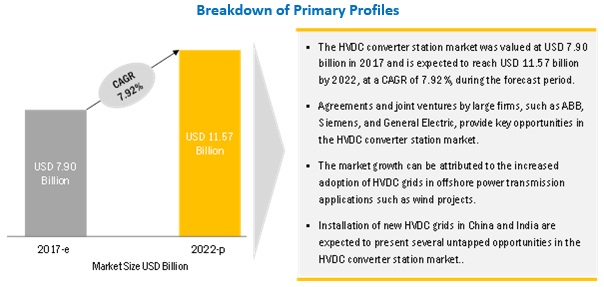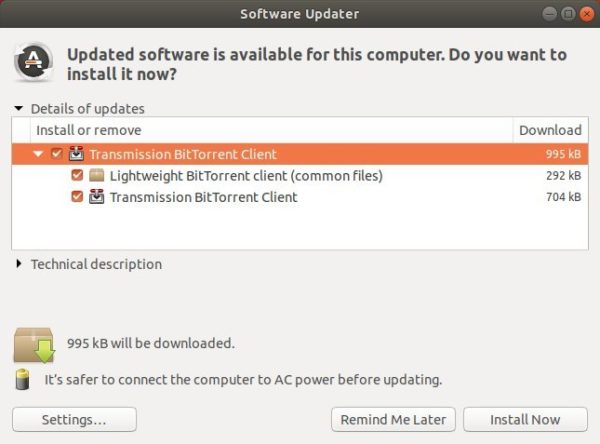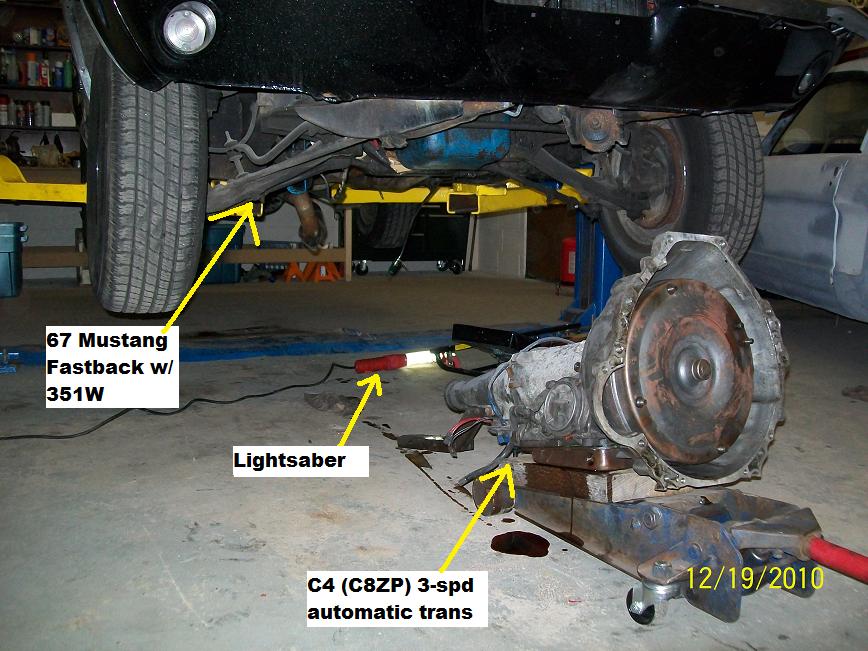

When the driver turns the ignition key to the “start” position, voltage is sent to the starter’s “S” terminal. The “M” or “motor” terminal: The terminal that attaches to the cable that connects to the starter motor.The “S” or “start” terminal: The terminal that receives power from the ignition switch.The “B” or “battery” terminal: The terminal that connects the solenoid directly to the positive battery cable.Many DIYers wonder: What wires go to the starter solenoid? Typically, a starter-mounted solenoid has three terminals with three connections: What are the Different Starter Solenoid Terminals? Starter solenoid terminals: B = battery terminal, S = start terminal, M = motor terminal If the conditions are correct, the ECM then operates the starter relay to supply power to the starter solenoid.

The BCM and TCM communicate the position of the switches to the engine control module (ECM) over a data network. Instead, these switches act as inputs to control modules-usually the body control module (BCM) and the transmission control module (TCM). It’s worth noting that, on many modern vehicles, the ignition switch and neutral safety switch (or clutch safety switch) are not wired directly into the starter circuit. An example of a modern computer-controlled starter solenoid wiring diagram. The solenoid then engages the starter to crank the engine. When the driver turns the key to the “start” position in a typical starting system, battery voltage flows from the ignition switch to an underhood relay.Īs long as the neutral safety switch is in the park position (or the clutch safety switch is closed), the relay closes, allowing voltage to flow to the starter solenoid. Starting circuit operation is fairly straightforward. But what about the rest of the starting system?

How a Typical Starting Circuit Works An example of a typical, non-computer controlled starter wiring diagram. The video below demonstrates how a direct-drive starter operates: That way, the starter doesn’t get damaged by the spinning engine. If the driver fails to do so, the starter has a one-way clutch that will allow it to freewheel. The driver can then move the ignition key to the “run” position to disengage the starter motor. Once an air-fuel mixture and spark are added to the equation, the engine begins to run. Because the flywheel is bolted to the engine’s crankshaft, the internal engine components (i.e., pistons, camshaft, etc.) are set into motion.


 0 kommentar(er)
0 kommentar(er)
